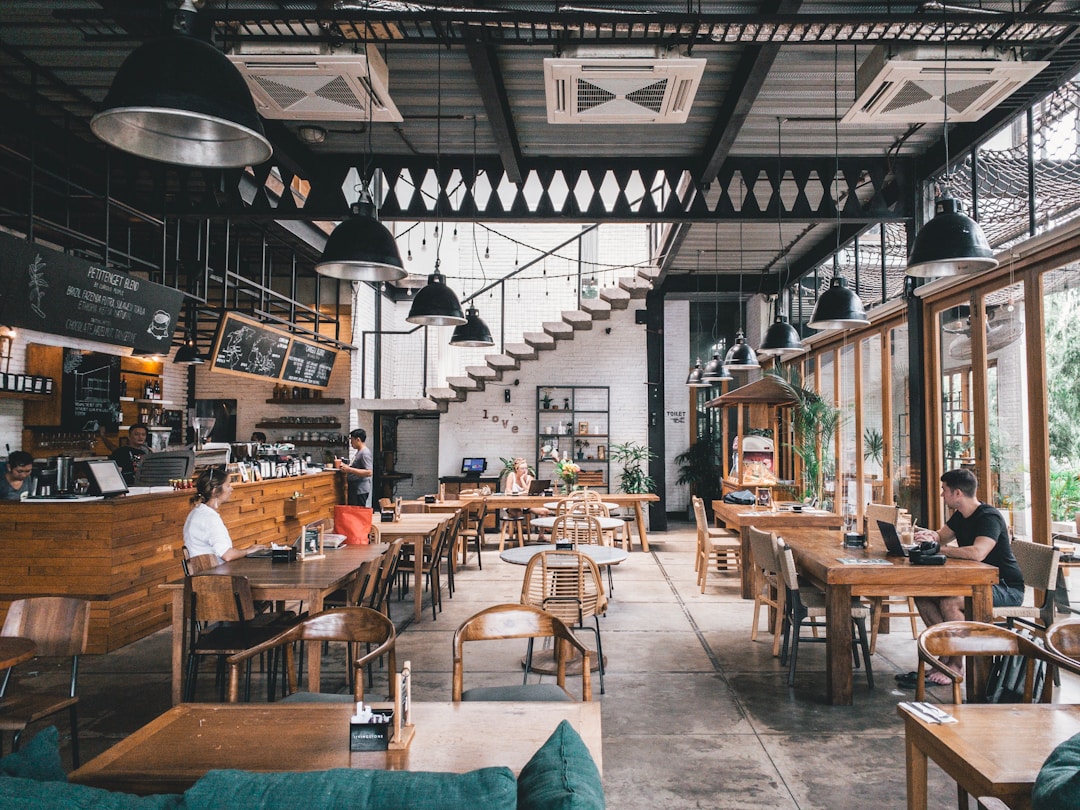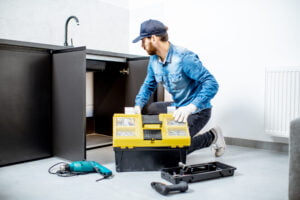Grand openings present a perfect opportunity to create an excellent first impression. Staging a new restaurant’s formal opening that is disorganized, understaffed, and renders poor service will give your brand a bad reputation. A successful opening can catalyze your restaurant’s growth. Customers who are impressed will actively spread positive word-of-mouth about your brand. Moreover, most people rely on the opinions of others before trying out a new product.
No doubt, Word-of-Mouth (WOM) advertising influences organic discussions that generate leads, drive continuous traffic and improve sales. That’s what makes organizing a splendid opening day ceremony for your restaurant meaningful. Read on to learn how to prepare and arrange a new restaurant for an opening day event.
1. Add some aesthetics and value.

As it stands now, your new restaurant is your most significant investment, and you must do everything you can to protect and grow it. Apart from a great menu, adding beautiful windows and doors might be the facelift your new restaurant needs. Also, remember that little details like the type of siding you use on the windows can either enhance or diminish your new restaurant’s appearance and curb appeal.
The benefits of vinyl siding outweigh that of wood siding. For one, Vinyl siding is very durable as it can’t be affected by pests, mold, moisture, or corrosion. Today’s vinyl siding comes in a wide variety of colors and designs. They’re also straightforward to install and require very low maintenance.
Nowadays, it’s rare to find a homeowner or business owner that doesn’t love vinyl siding. Since many of them come with a lifetime warranty, successive owners may not have to spend any more money changing or repairing it.
2. Get quality restaurant equipment.

Before you think about opening your new restaurant, you have to ensure your kitchen is adequately outfitted with the right equipment. Every restaurant needs cooking equipment and refrigeration units. Your menu may even warrant you getting specialized restaurant supplies like frying pans, pasta cooking pots, glassware, dinnerware, or ovens.
Find a reputable supplier that can supply you with quality equipment and disposables. Alternatively, if you’re on a budget and would like affordable pieces of equipment, Google can help. Let’s say you live in Seattle, a quick search for “Used restaurant equipment in Seattle” will likely offer reliable suppliers like The Restaurant Warehouse. You’ll find high-quality deli, bakery, cooking, and catering equipment. Regardless of the supplier you work with, ensure you get the best choice of restaurant equipment that would make your operations seamless.
3. Think about branding.

Branding your restaurant is very important as it helps to distinguish your services from your competitors. Additionally, it helps your prospective customers pick you out from the crowd—thanks to the memorable impression you had on them.
One way to imprint your brand is with good interiors. Your restaurant’s interior essentially represents what that company stands for. The visual appeal it creates will positively impact your business’s bottom line. So, try and design your restaurant differently from what’s common in that vicinity. It should look like a fun place to dine in, with beautiful interiors that’ll help attract new customers, invariably driving growth.
4. Plan a soft opening event.

Before opening a new restaurant, try to plan and organize a soft opening event. The idea is to test your preparedness and give you a clue of what to expect on the big day. Soft openings are an excellent way of practicing for the grand opening. It gives you valuable insights into better ways you can arrange your new foodservice business. You can invite your friends, colleagues, and loved ones for your soft opening. Ensure they give you their honest feedback and offer ideas that improve your new restaurant.
Organizing a soft opening event helps you identify and deal with operational loopholes ahead of time. That way, you can fine-tune your operations and refine workflow patterns. Some soft opening event suggestions include a food tasting event and informal menu tasting in your kitchen.























